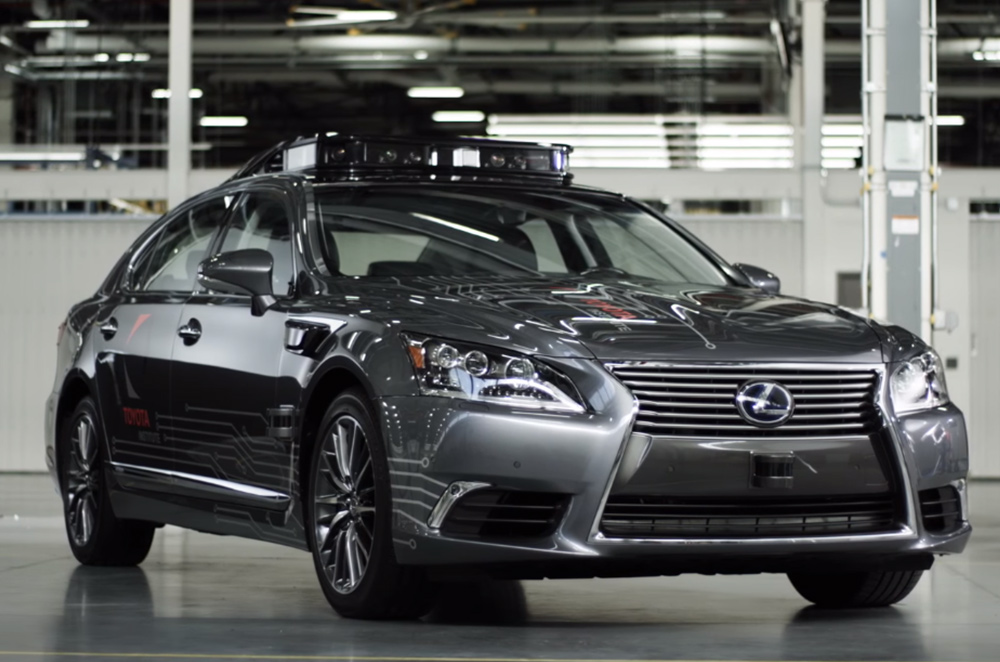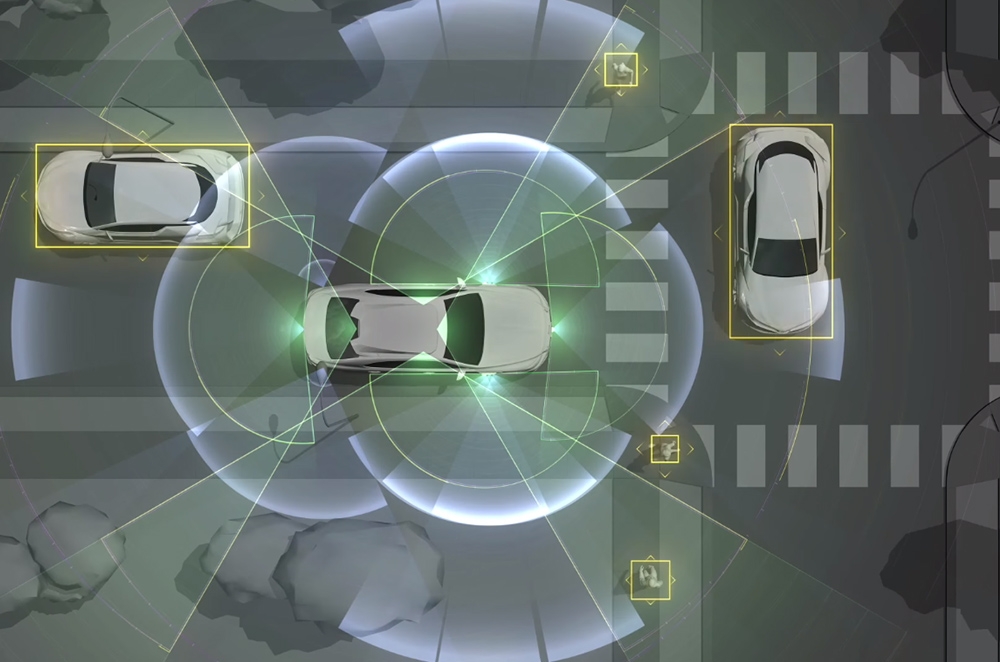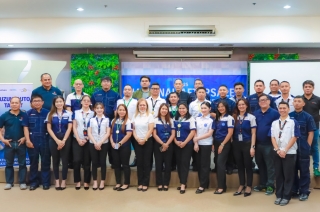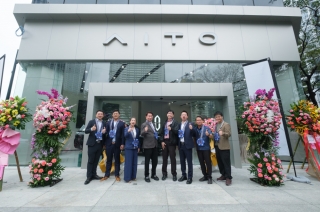
Last year, the Toyota Research Institute (TRI) showcased its first fully-automated advanced safety research vehicle dubbed as the 2.0 ASRV at the brand's Prius Challenge event in California. This time, the Silicon-based arm of the Japanese marque disclosed the updated version of its self-driving car.
Presently named as Platform 3.0, it is built on a Lexus LS 600hL, integrated with LIDAR, radar, and camera arrays manufactured by Luminar — a Portola Valley-based startup in California. With this, the perception range of the technology has been updated, reaching up to 200 meters or up to 40 cars in a 360-degree perimeter. It uses 4 long range LIDARS attached to the test vehicle’s roof.

In comparison, the 3.0 version is indeed more advanced than Velodyne’s HDL-64E which only has a 120-meter range and the VLP-16 Puck that can only see up to 100 meters.
Aside from its technologies, the TRI also worked with CALTY Design engineers at Toyota Motor North America Research and Development (TMNA R&D) to maximize the packaging of the 3.0 version. If you’re going to compare it with the 2.0, the first thing you’ll notice is the latest car’s smaller body frame. We can tell that the company managed to shrink it down without sacrificing aesthetics.
The cameras and LIDARS are pushed inside the body to give the new platform a better and sleeker form on the roof, as well as fenders. They also put a new weather- and temperature-proof panel in the sunroof compartment, maximizing space to minimize the overall size of the test vehicle.
This next-generation automated research driving vehicle will appear at the 2018 Consumer Electronic Show (CES) in Las Vegas, starting on January 9, 2018.
Latest News
-
Suzuki Philippines celebrates its top professionals at the 2025 National Skills Competition / News
Suzuki Philippines shows top dealership talent as teams compete in the 2025 National Aftersales Skills Competition.
-
ACMobility, BCDA, and JHMC team up to power sustainable travel in Camp John Hay / News
ACMobility, BCDA, and JHMC partner to boost sustainable travel in Baguio with new EV charging hubs at Camp John Hay.
-
AITO's BGC Experience Center officially opens its doors / News
AITO officially opens its BGC Experience Center, offering buyers a new hub to shop for their next premium ride.
Popular Articles
-
Electric Vehicles in the Philippines for under P1 million
Jerome Tresvalles · Aug 19, 2025
-
Top 3 Cars For Every Lifestyle—What Cars Are Right For You? | Behind a Desk
Caco Tirona · Apr 24, 2024
-
5 Tips to Maximize Fuel Efficiency
Jerome Tresvalles · Sep 09, 2024
-
Five driving habits that are draining your fuel tank
Jerome Tresvalles · Jun 24, 2025
-
Can engine braking harm your engine?
Jerome Tresvalles · Sep 11, 2025
-
Do electric cars even need maintenance?
Jerome Tresvalles · Oct 23, 2024
-
Best vehicles for an active outdoor lifestyle
Shaynah Miranda · Jul 25, 2024
-
How to drive different types of vehicle transmissions
May 23, 2024
-
5 easy ways to keep your car interior clean
Allysa Mae Zulueta · Nov 15, 2021
-
How to survive Metro Manila traffic
Earl Lee · Aug 16, 2022




